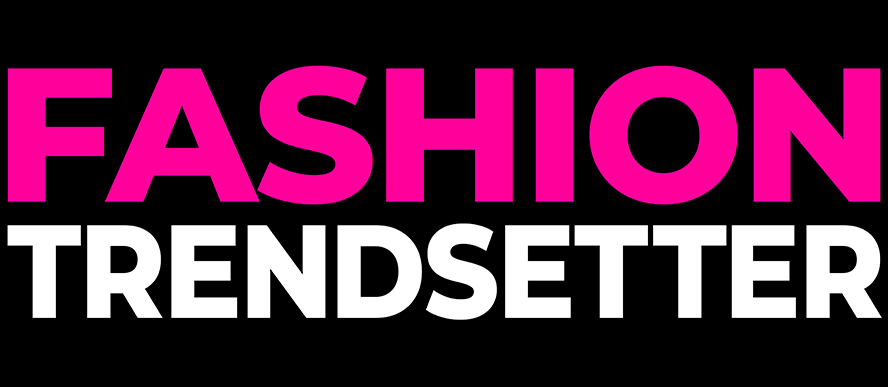Breaking
A Tribute to Vintage: Janet Mandell's Archival Runway Captivates NYFW
Michael Rainey Jr. x boohooMAN Capsule Collection
BOOK | Boots, Buckles & Bolos by Jim Arndt
I.N.C. International Concepts x Christian Siriano
Donna Karan New York Marks 40 Years with Its Fall 2025 Campaign
House of Sunny's Latest Drop: For the Love of Cat
Kruger Products Announces Its Designer Roster for the 2025 Cashmere Collection
Leviev Launches 'A Reflection of You' Campaign
Introducing ZENITH's Limited Edition Capsule Collection with USM
TAG Heuer Tackles Avant-garde Horizons, from Carbon Revolutions to Lunar Rhythms
Marimekko Opens Flagship Store in Paris
DOWNLOAD: Prêt-à-Template
The best fashion design app since 2014, Prêt-à-Template kicks off 2022 with an update that will blow the minds of fashion designers and enthusiasts. Surprising tools and a new minimalist interface offer dynamism to your creations. Unlimited layers, color fill, SharePlay and stack organization are just some of the new tools introduced in this makeover. A whole new way of experiencing digital fashion creation, never seen in any fashion app!
Access thousands of fashion-related templates, including bodies, garments, shoes, bags and accessories to create the most beautiful sketches with an amazing set of realistic brushes, fabric patterns and custom color palettes. All templates feature side, front and back views, with all the proportions and scales you need… READ MORE
DOWNLOAD: The Sustainable Fashion Communication Playbook
Shifting the narrative: A guide to aligning fashion communication to the 1.5-degree climate target and wider sustainability goals.
Author: Rachel Arthur (UNEP)
The fashion sector is not on track to meet its sustainability targets, nor contribute to the global intention of the Sustainable Development Goals (SDGs), the Paris Agreement on climate change or the Kunming-Montreal Global Biodiversity Framework (GBF). Its basis in unsustainable patterns of consumption and production is contributing directly and significantly to the triple planetary crisis of climate change, nature and biodiversity loss, and pollution and waste (UNEP 2021c; UNEP 2023).
Currently, it is considered responsible for between 2% and 8% of global greenhouse gas emissions, as well as significant pollution, water extraction and biodiversity impacts, not to mention social injustices worldwide (UNEP 2023)… READ MORE






